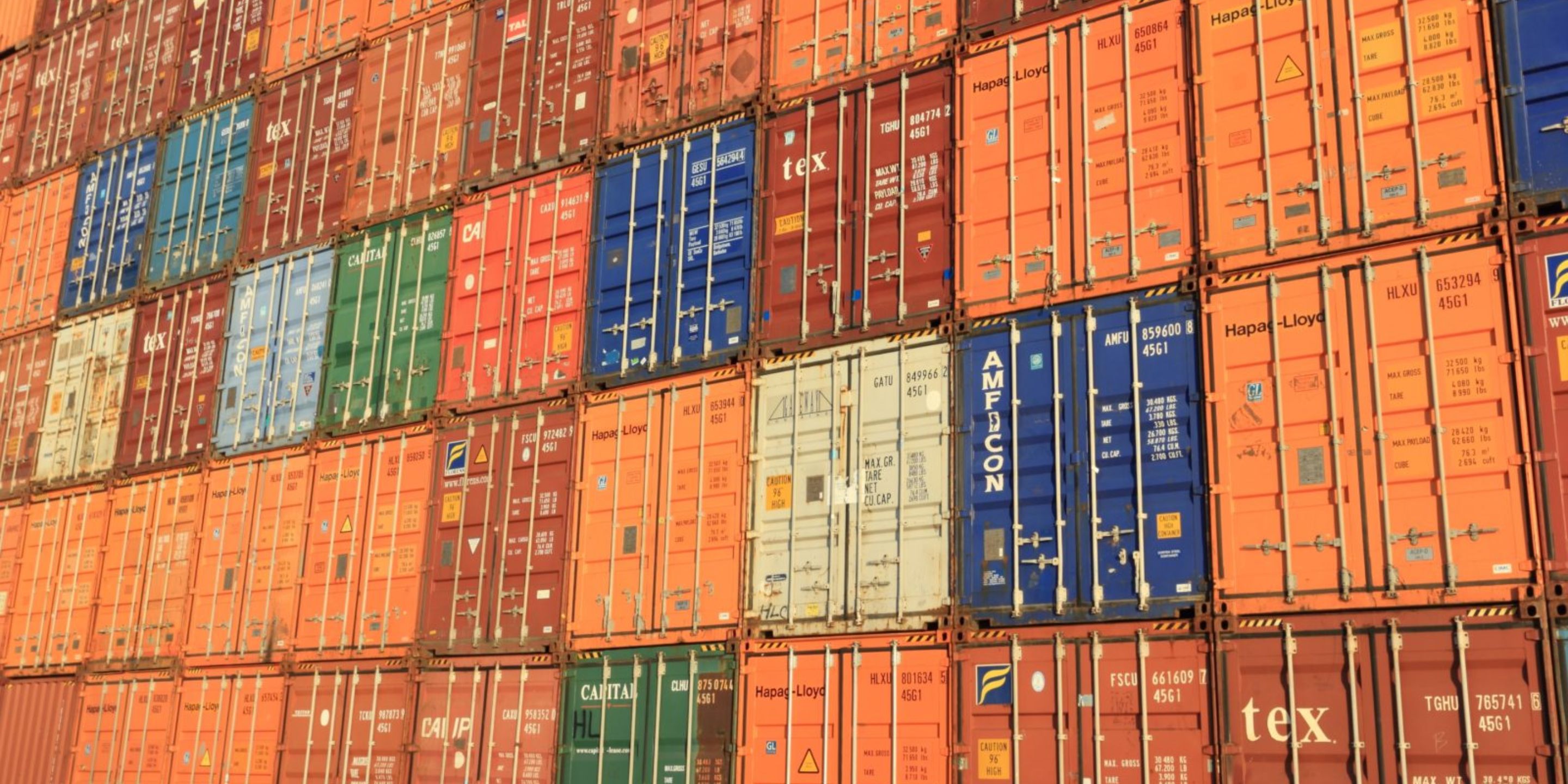The first VLCC to be directly loaded with crude at a US port sailed last week, signalling a deep shift in trading patterns.
The first 2mn bl very large crude carrier (VLCC) to directly load a cargo in the lower 48 states left the US Gulf coast on 18 February. The Shaden, a Saudi Arabian-flagged VLCC, was loaded with medium-sour crude supplied by Shell at the Louisiana Offshore Oil Port (LOOP), bound for Asia with options to discharge in China.
The US has been exporting crude from the Gulf coast since president Barack Obama lifted the 40-year ban on exports in December 2015, but the introduction of direct-loading VLCCs has significance beyond the symbolic. VLCCs have carried US crude since the export ban was lifted, but loading was done by ship-to-ship transfer at sea, which is a costly option involving multiple ship charters. All directly loaded exports have been leaving the Gulf on 1mn bl Suezmax and 600,000 bl Aframax vessels. The introduction of direct-loading VLCC charters at LOOP – the only US port capable of loading very large tankers – will reduce freight costs per barrel significantly.
Shipping US crude more economically will broaden its appeal and drive higher demand for it globally. China is the main destination for US crude exports so far, with 40pc of the total being bought by Chinese refiners in 2017, compared with 20pc in 2016. With its demand profile, China is likely to continue taking a large proportion of US exports as volumes increase, but other regular buyers will emerge.
US crude exports have risen quickly since the ban was lifted, supported by national production levels continuing to rise and new and repurposed pipelines ready to carry oil from the Permian basin and the midcontinent to the Gulf coast.
Exports are expected to go on rising rapidly. US crude production now surpasses 10mn b/d, with Permian basin output alone projected to rise by a further 2mn b/d by 2019. The VLCC loaded at LOOP in February will be followed by vessels from other ports in time, driving exports higher. Companies including Phillips 66, Cheniere and Occidental Petroleum are developing capacity for larger tankers along the Texas coast, with Cheniere testing a VLCC at its Corpus Christi complex earlier this year.
Heard at IP Week
There is a sense that the ‘superstar trader’ model no longer works. The need to create bigger, more integrated business systems in order to compete has been driving M&A activity.
There is a lot of negativity among asset-light businesses and paper trading outfits, with comments about algorithmic funds stripping value out of the market.
Refiners seem to be upbeat. Strong refining margins are driving asset companies to commercialise further and draw trading talent away from asset-light businesses. Traders value career stability and a tangible asset class/contract/long/short over and above a blank slate and a high-percentage pay-out.
The coming IMO 2020 marine fuel regulations remain a hot topic. This is especially the case in terms of how they will affect fuel oil and middle distillate trading teams, as both possess knowledge that the other will need when IMO 2020 is in place.
Talent demand
The evolving picture of the US becoming a key global exporter of crude is driving demand among US producers for skilled trading talent. We are also seeing foreign national producers setting up operations in the US, as well as European trading houses, Asian and Latin American national oil companies and US exporters. The smaller trading houses are also seeking to establish a presence in the US, in order to better understand the landscape of crude grades, pricing and refinery demand patterns. This process of companies readying themselves for the US becoming an exporter of note has been going on for some time, but the change being prepared for is now in play.

